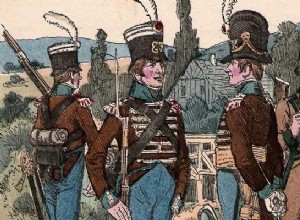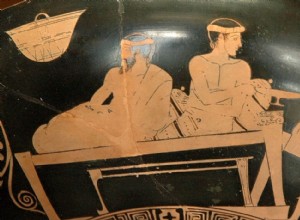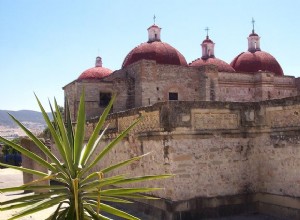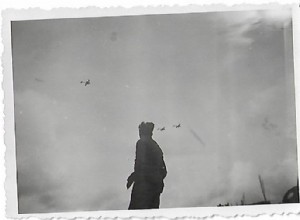The Legion formed three times by the Archduke Charles of Habsburg, although a volunteer body, acted with considerable success against the French armies where he was called to face them. In 1792, Archduke Charles formed his homonymous legion, in present-day Belgium, for the first time. It was a vo




